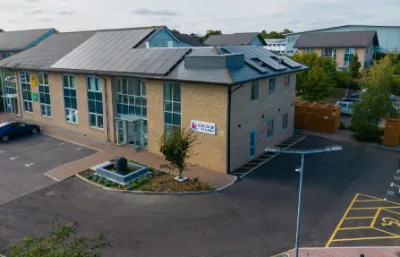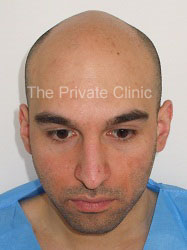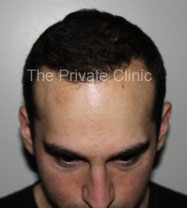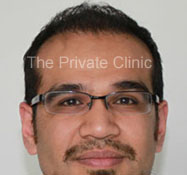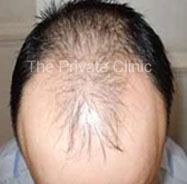Your first consultation with a practitioner should clearly set out your expectations of this treatment and whether your practitioner thinks he or she can achieve the results that you’d like.
As baldness is a condition, which continues throughout your life, it is important that the practitioner discusses this and takes into account future hair loss when he advises you.
A medical history should be taken to make sure that there are no reasons why you shouldn’t have this procedure. You would normally be asked to sign a consent form which means that you have understood the potential benefits and risks associated with hair transplantation.
Photographs may also be taken by the practitioner for a "before and after" comparison at a later date.
The transplantation procedure is split into three parts as described below.
Donor strip harvesting
The donor hair needs to be first taken from an appropriate area of skin (usually at the back of the head). These hairs need to be quite thick. Before surgery, your practitioner may give you a mild tranquilliser to reduce anxiety and discomfort. This will usually be in a tablet. Lignocaine (a local anaesthetic) and adrenaline (used to reduce bleeding) are then injected into the area of donor skin. Immediately before the skin is cut, a salt and water solution is injected into the donor area to help raise the skin so that a crescent-shaped strip around 20cm long by about 6mm in width can be removed with a scalpel. Staples or stitches are used to close the wound.
Graft creation
Once the donor tissue is collected in the process described above, the individual grafts can be prepared. A team of trained technicians sometimes does this. As we explained earlier, these grafts can be as tiny as using only one or two hairs.
Different terms are used by different clinics to describe the process of grafting and transplantation. Don’t be confused by this. Below is a list of all the language, which is commonly used, so you should be able to identify the technique which is to be used on your head.
Micro graft - 1 to 2 hair grafts into needle holes.
Small slit grafts - 3 to 4 hairs into a recipient slit.
Large slit grafts - 5 to 7 hairs into a recipient slit.
Small minigraft - 3 to 4 hairs into a small recipient site.
Large minigraft - 5 to 8 hairs into a small round recipient site.
Standard round or square grafting - approximately 9 to 18 hairs in a 3 - 4.5 mm size graft placed into a slightly smaller round recipient site.
How many grafts does it take to get adequate coverage?
If you cut a square of paper 3.3 inches long, you would need approximately 500 - 600 standard hair grafts in order to give the appearance of a natural head of hair in the same area on your head. This shows you the importance of careful planning and precise placement of grafts to give the impression of more hair.
Today most hair transplant surgeons use grafts that contain one to eight hairs, with 200 to 800 grafts transplanted in each session.
The "state of the art grafts" today are called "follicular unit grafts".
If you look closely under magnification at how hair naturally grows, you'll see that hair grows in clusters of one, two, three, and some times four hairs.
These naturally occurring groups of hair are called "follicular hair units".
Given how hair naturally grows, an excellent hair transplant imitates nature by relocating each of these naturally occurring "follicular hair units" from the donor area to the balding area to produce the ultimate in natural looking results.
The choice of graft type(s) depends on the area of baldness to be covered, the quality and extent of donor hair, and the skill and experience of the practitioner.
Graft Insertion
When the donor grafts have been prepared, the patient’s scalp is anaesthetised using either a nerve block, or a local injection of lignocaine. The grafts are then placed into tiny incisions in the skin. The process of graft insertion can take many hours, depending on the type and number of grafts used.
Following this, you are free to go home, occasionally with a turban like bandage that you may be required to wear for the first night to help secure the grafts.
Repeat procedures
Depending on the extent of original hair loss, degree of correction required and type of procedure, you may need to return for further procedures to obtain a good aesthetic result. Time between transplant sessions varies depending on the characteristics of each individual case.
Most successful transplants take from between 1 and 2 years to complete.

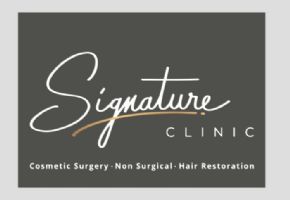




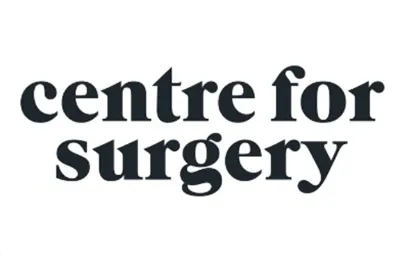



.jpg)



